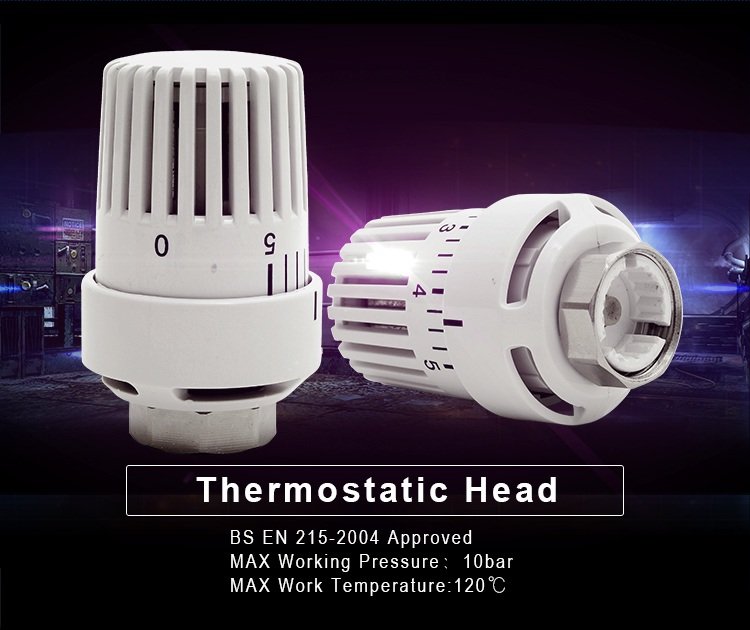Ever felt frustrated when your radiator doesn’t heat up evenly, leaving some rooms freezing while others roast? It’s a nightmare—wasted energy, unhappy customers, and skyrocketing bills. The culprit? Often, it’s the flow valve. Don’t worry, though—this article breaks it down simply, showing how it works and why it’s your heating system’s unsung hero. Keep reading for the fix!
The flow valve on a radiator controls how much hot water enters it, managing heat output and room temperature. It’s usually on the pipe leading into the radiator, working with the return valve to balance water flow, ensuring efficient heating and comfort without wasting energy.
Curious how this little valve can solve big heating headaches? Stick around—we’ll dive deeper into spotting it, choosing the right type, and tweaking it like a pro, all explained in plain English!

How Do I Know Which Is the Flow Side of a Radiator?
Figuring out the flow side of a radiator can feel like a puzzle, but it’s simpler than you think. The flow side is where hot water enters the radiator from your heating system. Most times, it’s the pipe connected to the valve you can adjust—yep, that’s the flow valve! Look for the valve with a knob or number settings, like those on Danfoss radiator valves. It’s not the one with a cap or lockshield, which is usually the return side.
Why does this matter? If you mix them up, your radiator won’t heat properly—hot water won’t circulate right, and you’ll be left with cold spots. For folks like Antonio, our Russian buyer buddy, this is gold. He hates unstable performance, and knowing the flow side ensures steady heat. Check your system layout or feel the pipes—hotter one’s usually the flow. With IVALVECRAFT’s brass thermostatic radiator valves, you get clear markings, making it a breeze.
How Do I Know If I Need Straight or Angled Radiator Valves?
Choosing between straight or angled radiator valves trips up a lot of people, but it’s all about your setup. Straight valves go on radiators where pipes come up from the floor—think sleek, modern homes. Angled valves fit when pipes come out of the wall, perfect for tight corners or older buildings. Look at your pipework: if it’s vertical, go straight; if it’s horizontal, angled’s your pick.
This choice isn’t just looks—it’s function. Wrong valves mean leaks or poor flow, and for Antonio, who’s all about quality, that’s a dealbreaker. Straight valves often suit radiator valves replacement in open spaces, while angled ones shine in cramped spots. IVALVECRAFT’s range, like our brass safety valves, comes in both styles, built tough for stable export pressure. Not sure? Snap a pic of your setup and compare—don’t guess and regret it later!
Which Way Do Radiator Valves Close?
Closing radiator valves sounds tricky, but it’s a cinch once you know the drill. For most, like Danfoss radiator valves, turn the flow valve clockwise to shut it—yep, “righty tighty.” That stops hot water coming in. The return valve, often a lockshield, might need a screwdriver and goes clockwise too, but check your manual—some twist the opposite way!
Why bother? Closing them right balances your system or stops flow for maintenance. Mess it up, and you’re stuck with a radiator that’s too hot or too cold—Antonio’s nightmare! With radiator valves explained, it’s clear: clockwise usually does it. IVALVECRAFT’s thermostatic mixing valves even have easy-grip designs, so you’re not fumbling. Test it gently—feel the pipe cool down to know you’ve nailed it.
Wrapping It Up
So, there you have it—the flow valve’s your radiator’s MVP, controlling water, heat, and comfort like a champ. We’ve covered spotting the flow side, picking straight or angled valves, and twisting them closed the right way. Whether you’re swapping out radiator valves Screwfix style or tweaking a Danfoss radiator valves manual, it’s all about keeping things simple and effective. For pros like Antonio, quality and flow matter most, and that’s where IVALVECRAFT shines—high-quality brass valves, steady pressure, and reliable service.
Choose IVALVECRAFT, choose reliable partner, enjoy the high quality and best service.


